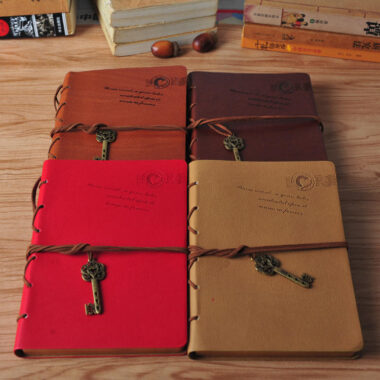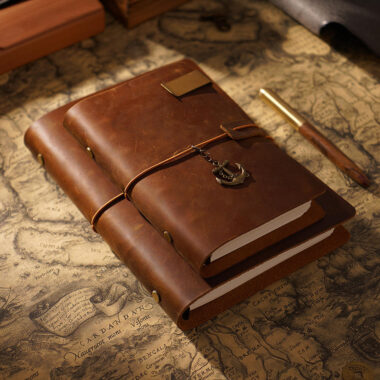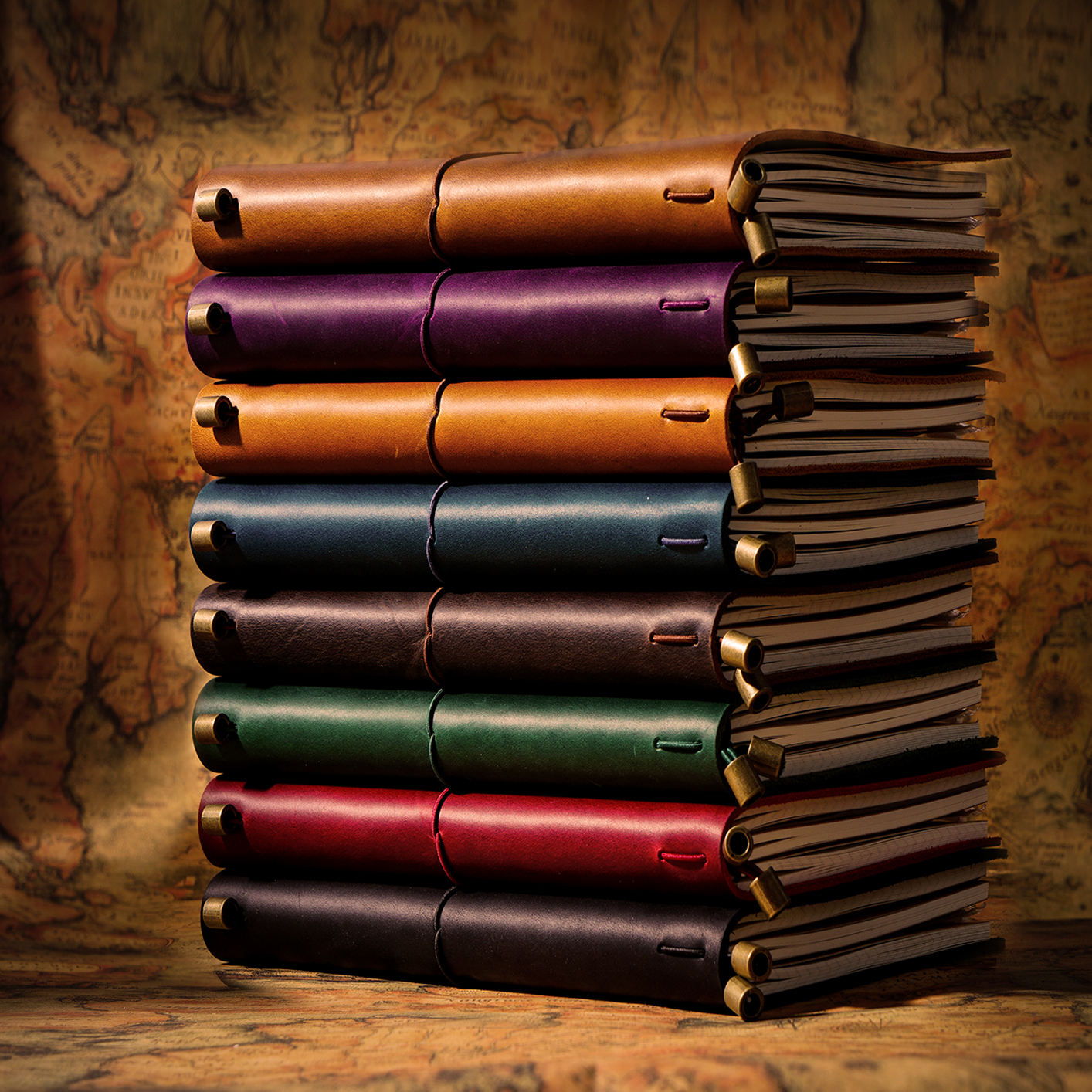When sourcing notebooks for retail or promotional use, details such as paper quality, binding style, and durability can determine long-term customer satisfaction. Buyers need a structured approach to selecting specifications that balance cost, performance, and branding potential. This guide outlines the essential paper and binding choices every procurement manager should evaluate before placing bulk orders.
📘 Understanding Paper Quality in Retail Notebooks
Paper is more than just a writing surface—it directly impacts usability. Common metrics include GSM (grams per square meter), opacity, smoothness, and brightness.
-
70–80 GSM: Suitable for lightweight office use, low cost, and bulk-friendly.
-
90–100 GSM: Popular in premium notebooks, offering better ink holdout and reduced ghosting.
-
120+ GSM: Preferred for sketchbooks or artistic notebooks, designed for watercolors and markers.
When working with a Notebook Supplier, always request samples across different GSM levels to validate user experience.
🔗 Binding Types: A Critical Specification
Binding not only affects aesthetics but also influences functionality. Some of the most common methods include:
-
Spiral/Coil Binding: Ideal for students, cost-effective, and allows lay-flat use.
-
Perfect Binding: Offers a clean, professional appearance, often used in corporate diaries.
-
Sewn Binding: Durable, with better longevity—best for premium journals.
-
Case Binding: High-end option, suitable for luxury leather notebooks or gift sets.
For businesses managing wholesale procurement, working with a Notepad Supplier ensures that multiple binding styles can be accommodated within a single sourcing agreement.
📦 Balancing Cost and Durability
Procurement teams must evaluate whether end-users prioritize affordability or long-term durability. For instance:
-
A student notebook line may benefit from spiral binding and 70 GSM paper for cost savings.
-
A corporate gift program will likely demand sewn or casebound designs with premium finishes.
By aligning specifications with buyer personas, businesses can minimize waste and optimize production cycles.
🌍 Sustainability Considerations
Eco-conscious buyers are driving the demand for recycled paper and FSC-certified materials. Binding adhesives can also be selected to meet RoHS or REACH compliance. Retailers who emphasize sustainability in notebooks gain better traction with environmentally aware consumers.
🛠 Customization Options
Notebook buyers increasingly request custom covers, foil stamping, debossed logos, and printed inserts. Flexible binding systems
support these value-added services, improving brand differentiation while justifying higher resale prices.















